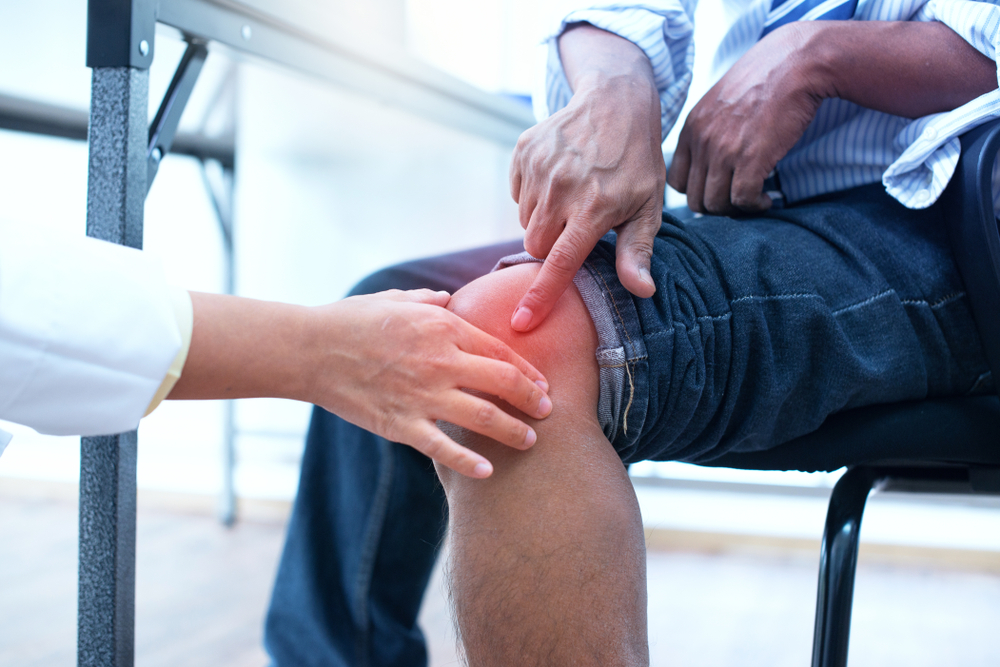
If you are experiencing knee pain and have been advised to consider knee replacement surgery, you may be wondering if there are alternative treatments available. Fortunately, several alternatives to knee replacement can help alleviate pain and improve mobility. From conservative treatments to innovative procedures, you can explore a range of options to find the best solution for your knee condition.
Conservative Treatments
Physical Therapy
- Physical therapy focuses on strengthening the muscles around the knee, improving flexibility, and reducing pain.
- A physical therapist will create a personalized exercise plan to help you regain mobility and function in your knee.
Medications
- Over-the-counter pain relievers such as acetaminophen or ibuprofen can help manage knee pain.
- In some cases, your doctor may prescribe stronger pain medications or anti-inflammatory drugs to reduce inflammation.
Weight Management
- Excess weight can put additional pressure on your knees, exacerbating pain and discomfort.
- By maintaining a healthy weight through diet and exercise, you can reduce strain on your knees and improve mobility.
Innovative Procedures
Platelet-Rich Plasma (PRP) Therapy
- PRP therapy involves injecting a concentrated dose of platelets from your own blood into the knee joint to promote healing.
- This regenerative therapy can help reduce pain, inflammation, and improve joint function.
Stem Cell Therapy
- Stem cell therapy uses stem cells from your body to repair damaged tissues in the knee joint.
- This cutting-edge treatment can stimulate the body's natural healing process and potentially help regenerate cartilage.
Viscosupplementation
- Viscosupplementation involves injecting a gel-like substance called hyaluronic acid into the knee joint to provide cushioning and lubrication.
- This procedure can help reduce pain and improve mobility for individuals with osteoarthritis of the knee.
Surgical Alternatives
Arthroscopy
- Arthroscopic surgery is a minimally invasive procedure that allows a surgeon to visualize and treat knee problems through small incisions.
- This technique is commonly used to repair ligament tears, remove damaged cartilage, or smooth out rough joint surfaces.
Partial Knee Replacement
- Partial knee replacement involves replacing only the damaged part of the knee joint, preserving healthy tissue and ligaments.
- This procedure is less invasive than total knee replacement and may offer a quicker recovery time for some patients.
Osteotomy
- Osteotomy is a procedure that involves reshaping the bones around the knee to shift weight away from the damaged part of the joint.
- This surgery can help relieve pain and improve function for individuals with early-stage arthritis or deformities in the knee.
Choosing the Right Option
When exploring knee replacement alternatives, it is essential to consult with a qualified orthopedic specialist to determine the best treatment approach for your specific condition. Consider the following factors to help guide your decision:
Severity of Knee Damage
- Depending on the extent of cartilage loss and joint degeneration, certain treatments may be more effective than others.
Overall Health and Activity Level
- Your overall health, age, and level of physical activity can impact the success of different treatment options.
Goals and Expectations
- Discuss your treatment goals and expectations with your healthcare provider to ensure that the chosen approach aligns with your desired outcomes.
By exploring a range of knee replacement alternatives and considering your individual needs, you can make an informed decision about the best course of action to improve your knee health and quality of life.